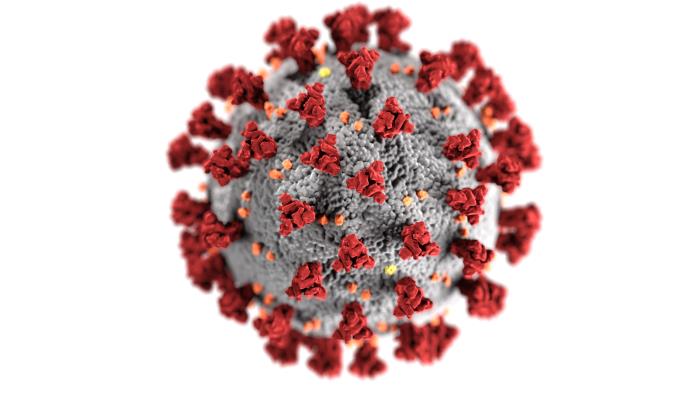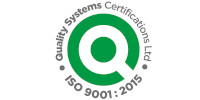Covid-19 Transmission Prevention in Buildings

Transmission Routes
The current guidance states the the two main paths of transmission of Covid-19 are large droplets and via surface contact. The World Health Organisation (WHO) additionally states faecal-oral transmission for the virus. The closing of toilet lids when flushing, the avoidance of dried-out drains on floors and sanitary ware are recommended.
Airborne Transmission
As mentioned, one of the two main transmission routes is via the air that could lead to exposure to the virus.
The first are large droplets, these are droplets above 10 microns. Transmission via large droplets are typically released from sneezing or coughing. These droplets are released and settle on surfaces within approximately 2 metres of the infected person.
Someone could become infected by touching a contaminated surface followed by then touching their face. Standing within 2 metres of an infected person could also lead to becoming infected, should the large droplets settle directly on people.
Small particles are those smaller than 5 microns. These particles can remain airborne for hours and be transported much further distances than the large droplets. Small particles are formed from large droplets that evaporate.
The Covid-19 particle is less than 1 micron and can stay active in indoor air for approximately 3 hours, and up to 3 days on a surface. As the virus can stay active for the 3 hours in the air and travel long distances, it cannot be ruled out that the distance it travels could be extended by the airflows of ventilation systems. To overcome this, the following measures are recommended to control the spread of Covid-19 via air.
Airborne Transmission Control
Supply and Extract Ventilation
The current advice is to increase the supply of outside air as far is practicable. This can be achieved by extending the operation time of the mechanical ventilation systems. Additionally, where there are fewer staff, avoid moving the remainder of the staff to smaller spaces, instead keep them in larger spaces to increase the proportion of fresh air per person.
Exhaust ventilation in WCs should be put into continuous operation, with negative pressure ensured to reduce the faecal-oral transmission route.
Natural Ventilation via Openable Windows
Where there are no mechanical ventilation systems, natural ventilation via openable windows is recommended. This will boost fresh air to the space, and should be carried out even if thermal discomfort is experienced by the occupants.
Openable windows in WCs should be closed to prevent contaminated air exiting the WC and reentering the building via a different window. Where there is no other means of exhaust from the WC, the windows should be open, with windows in other rooms at risk of cross contamination closed.
Heat Recovery
Heat recovery devices that do not prevent cross contamination, such as rotary heat exchangers, should be switched off. This will prevent Covid-19 particles removed by the exhaust system reentering the building through the supply ducts.
Heat recovery devices that guarantee the separation of air, and therefore does not risk airborne transmission from exhaust to supply, can remain in operation.
Recirculation
Much like the recommendation to stop operation of heat recovery devices that do not guarantee air separation, recirculation within ventilation systems should be avoided.
Recirculation applies to both centralised plant, and local plant such as fan coil units. If either type cannot be turned off, they should have a regular cleaning schedule to reduce transmission risk.
Talk to Our Expert Team
If you would like to learn more about the range of services we offer, please get in touch for an informal discussion about your needs and requirements.






